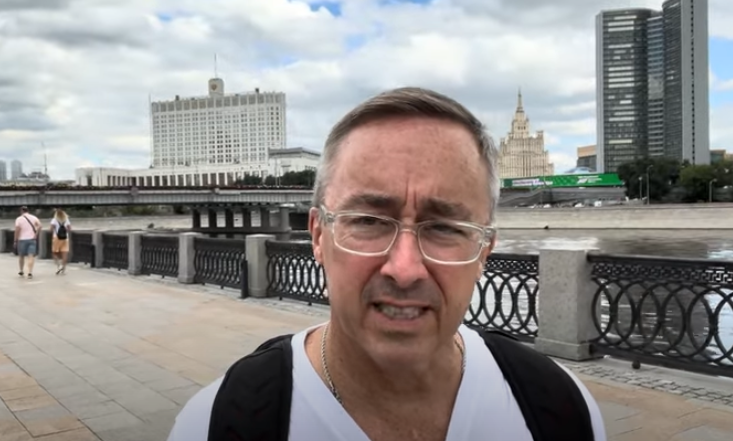Yeltsin’s Populist Challenge to the Soviet Elite and Local Government Excesses
When Boris Yeltsin ran for president of the Russian Soviet Federative Socialist Republic in 1991, he delivered a populist message emphasizing that the government was increasingly out of touch with ordinary people’s needs. Highlighting the growing disparity and corruption within the Soviet system, he criticized the ruling officials for prioritizing their own privileges and luxuries over the well-being of everyday citizens. Yeltsin’s rhetoric resonated with many Russians who felt neglected and disillusioned by the bureaucratic elite. His call for greater transparency and reform aimed to challenge the entrenched privileges of the political and economic elite, positioned Yeltsin as a leader who stood up for the common Soviet citizen.
This populist stance is similar to the situation today in places like Nevada County, California, where government officials and executive staff often receive exorbitant salaries that seem disconnected from the local community’s economic realities. Such high compensation packages for government managers and administrative staff create a sense of inequality and undermine public trust, much like Yeltsin’s critique of Soviet officials’ privileges. Just as Yeltsin sought to rally the Russian people against a government perceived as out of touch, residents in Nevada County are voicing frustrations over the excesses of local government spending and pointing out the need for more accountable and community-focused leadership. Both cases reflect a broader desire for government that genuinely serves the interests of ordinary people rather than a privileged few.
We took this video from near the Russian White House in Moscow. The Russian White House became a symbol of political change and power during Boris Yeltsin’s leadership. Originally serving as the headquarters of the Soviet-era Russian Congress of People’s Deputies, it gained international prominence in August 1991 when Yeltsin famously stood atop a tank outside the building during the failed coup attempt by hardline communists seeking to overthrow Gorbachev and halt reform efforts. Later, in October 1993, Yeltsin faced a severe constitutional crisis leading him to order the shelling of the White House to suppress his opposition and assert his control. These pivotal moments cemented the White House's role as a key symbol of Russia's turbulent transition from Soviet rule to a new era under Yeltsin.

